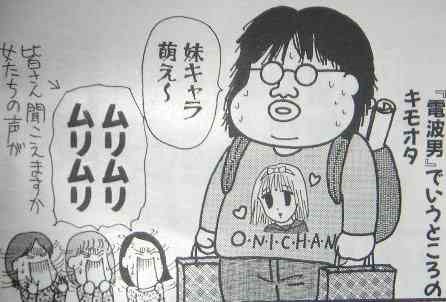
Otaku Subculture

"Otaku" (御宅/お宅/オタク) as a Japanese word has already existed for a long time. As a language emphasizing on the subtle expressions of the same meaning in different occasions, Japanese develops copious keigo (敬語) or honorifics to show respect to others and Otaku is just the honorific for "your home". From the 1950s, comics and animations became more and more popular among Japanese youth and Otaku began to be used to describe those too interested in the virtual world created by comics and animations to go out of their home to experience the real world outside. In 1983, Asao Nakamori became the first researcher to use Otaku to describe this youth group, but he used a lot of derogatory words and considered this group inert as well as useless. Hiroki Azuma in an important monograph calls Otaku "Japan' database animal". Based on Alexandre Kojève’s interpretation on Hegel's philosophy, Hiroki points out the media consumption of Otaku group should be considered rather as an example of the animalization of the young generation than a marginalized subcultural phenomenon.However, when Otaku subculture got shrouded with a negative image, a Japanese scholar came for its defense. Toshio Okada calls people to look squarely at this fact: we've already entered the "Age of Image", and Otaku group are those most conversant with the characteristics, inner meanings and backgrounds of ACG materials. Particularly, the latest young generation were born with digital media and Internet. Toshio calls this digital era "Society of Information Capitalism" (情報資本主義社会) in which the Otaku group are the leaders.